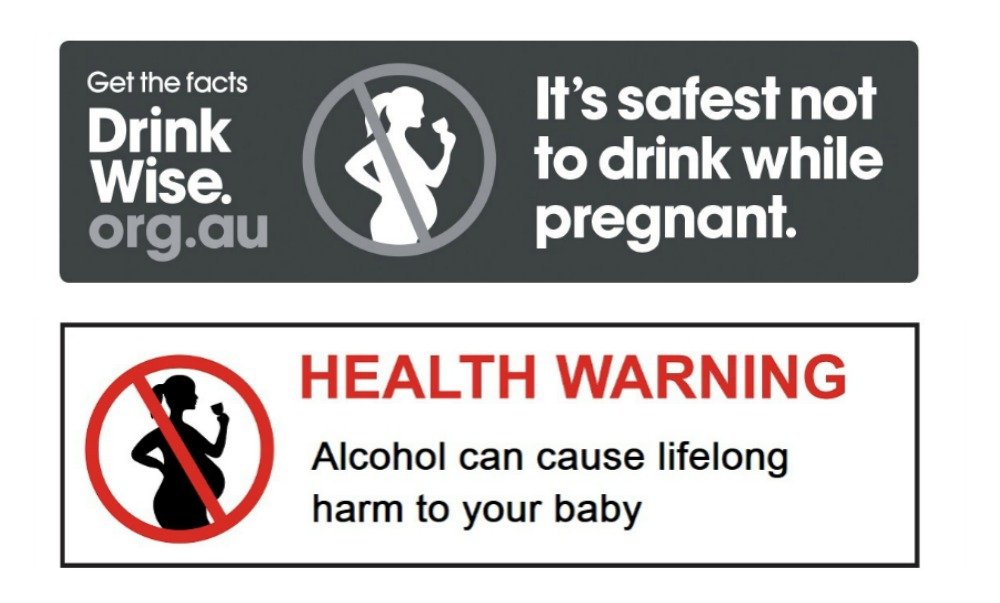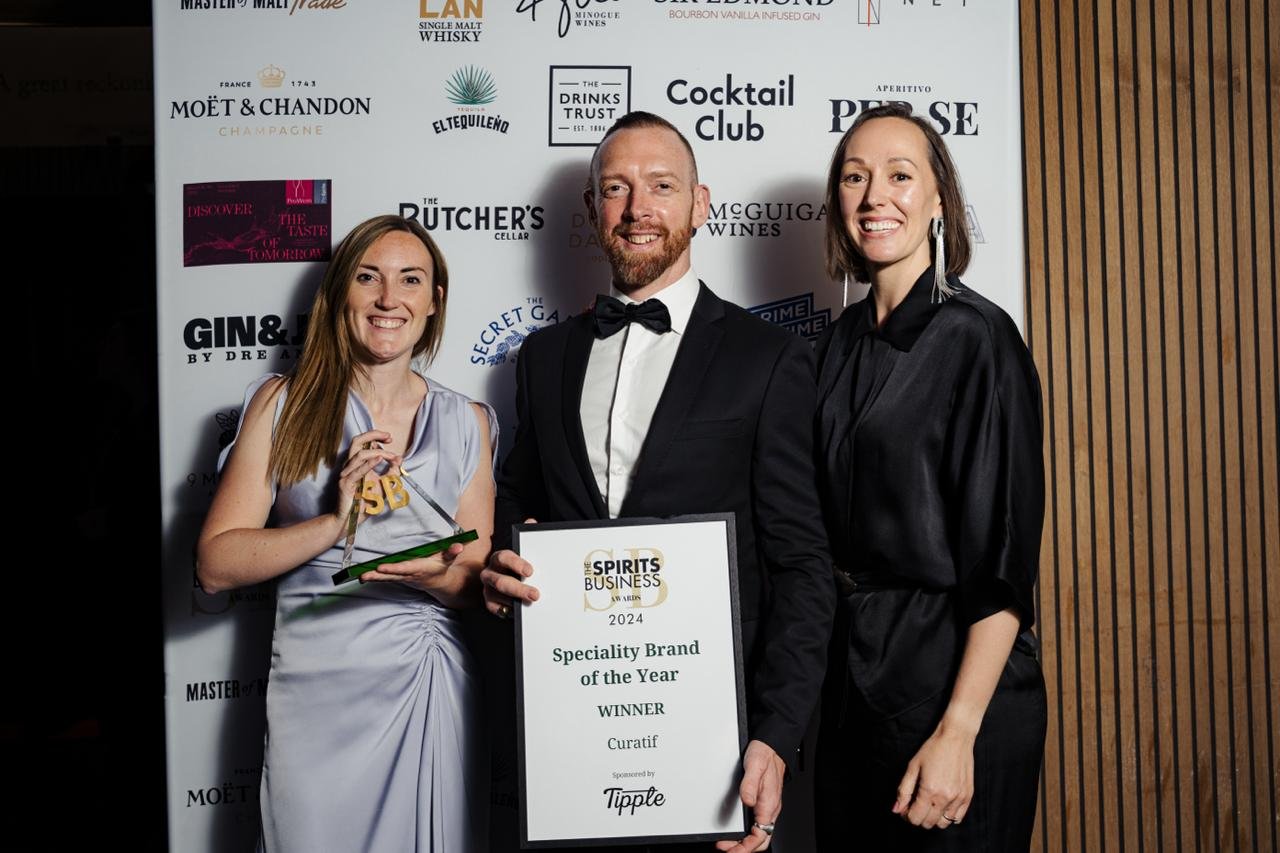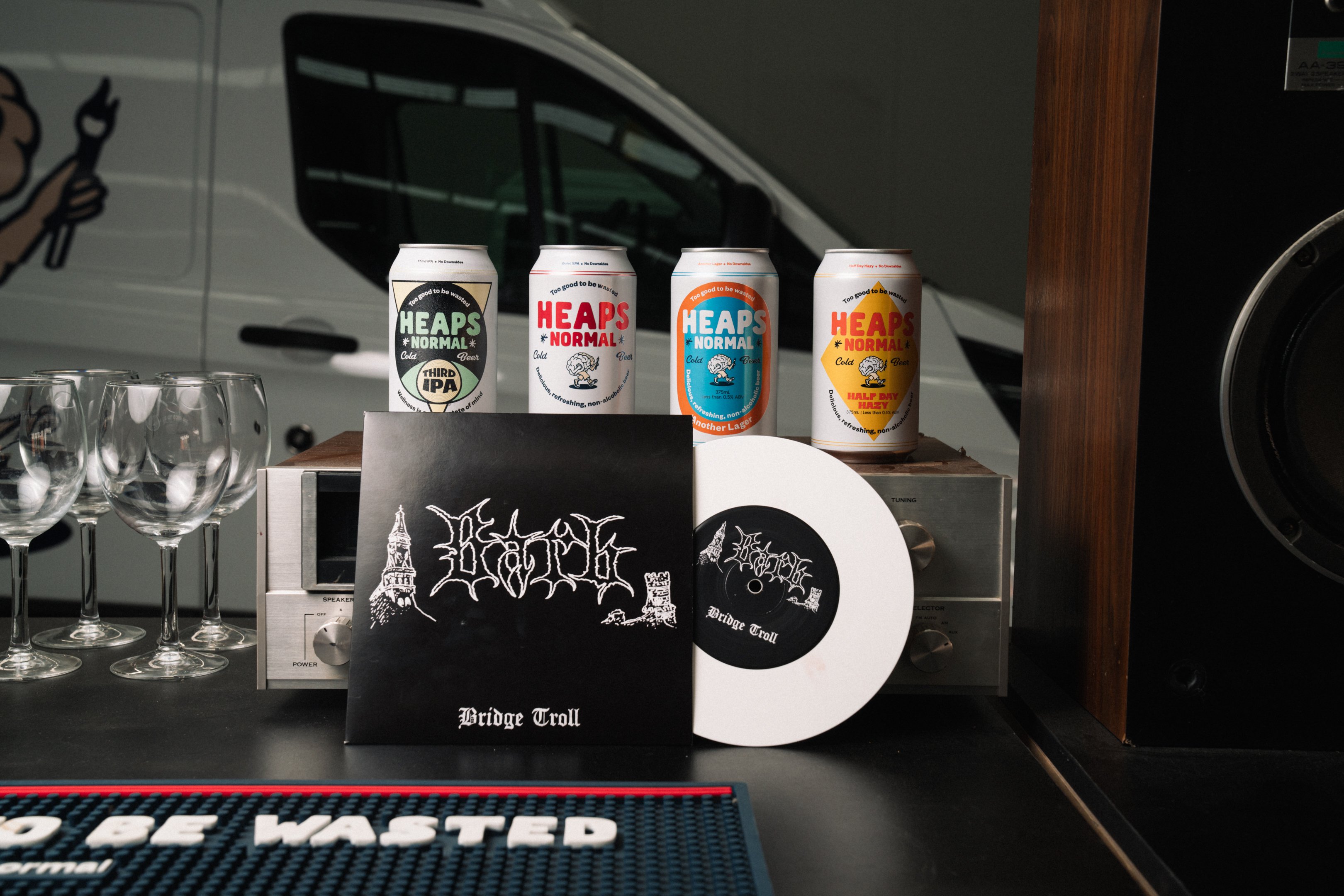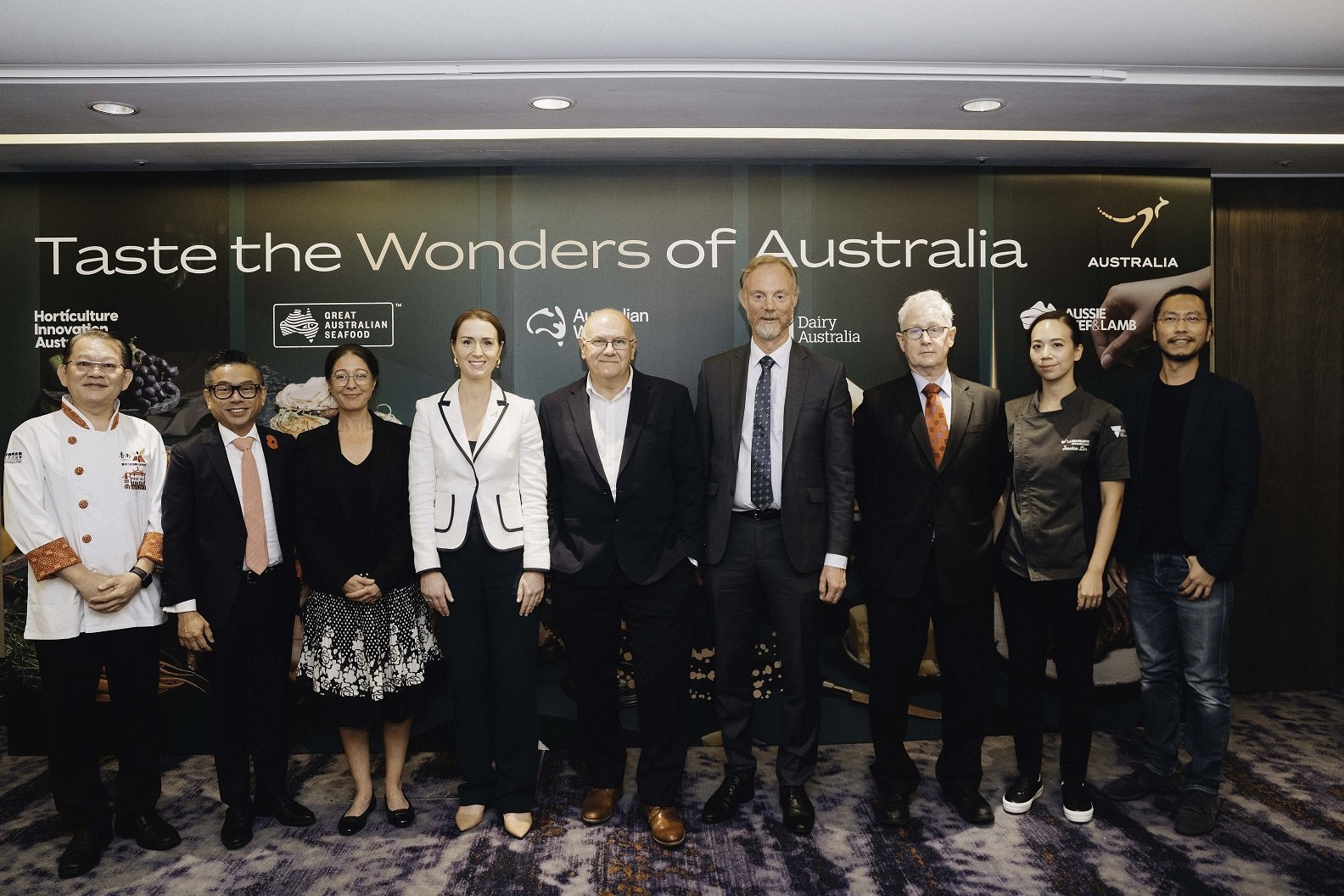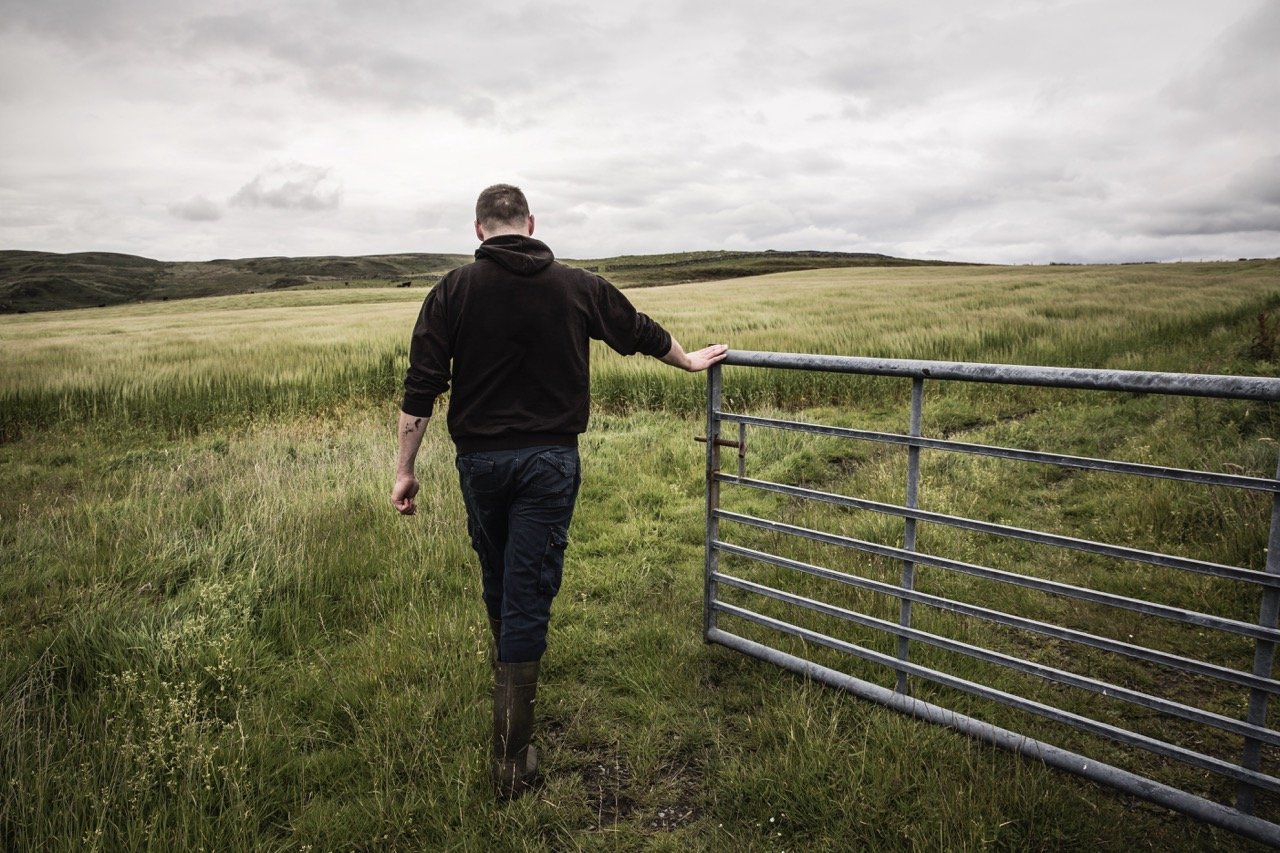Australian Grape & Wine is deeply disappointed by Food Standards Australia-New Zealand’s (FSANZ) approval of what it describes as a "flawed, costly and ineffective pregnancy warning label".
The current voluntary label is shown above, top; while the proposed label is shown above, bottom.
The mandatory pregnancy warning label changes are regarded by the industry as being both excessive and expensive, as they include the expense of an extra colour to the printing process.
The organisation has urged the Ministerial Forum on Food Regulation to reject it immediately.
“This pregnancy warning label is a classic example of bureaucratic over-reach, and is not a good example of science-based decision making” said Tony Battaglene, Chief Executive of Australian Grape & Wine.

Australian Grape & Wine noted that it is a strong supporter of the existing voluntary labelling arrangements and industry initiatives, which work in tandem to raise awareness of the dangers of Fetal Alcohol Spectrum Disorder (FASD), and have contributed to significant improvements in the rates of women abstaining, or reducing their alcohol consumption during pregnancy.
The Australian Institute of Health and Welfare states that 98.8% of women either abstain or reduce their alcohol consumption when pregnant (up from 96.6% in 2004).
“Our concerns extend beyond simply the costs to grape and wine businesses, though they will be significant," Battaglene said.
“Evidence tells us the current initiatives are driving positive cultural change in Australia. If FSANZ was able show how this new label-design would lead to a significant change in drinking behaviour, we would take a different position.
"But given they can’t, why are Ministers being asked to consider a design that will be costly to businesses, but achieve very little?
Australia Grape & Wine said the costs to Australian Wine businesses will be felt most keenly by small, family owned wine businesses in rural and regional Australia. Most wine businesses have multiple products in their portfolio, with some brands offering consumers almost 100 different wines.
"These businesses would need to redesign labels for each of these products, potentially driving up the costs in the tens of thousands of dollars per wine business, Battaglene said.
“It’s clear FSANZ had an outcome in mind before it commenced its consultation process. We participated in good faith, but FSANZ has ignored the science and the views of grape growers and winemakers, and gone with its pre-conceived ideas.
“Surely the best approach is to make the existing voluntary label mandatory, and invest further in initiatives to raise awareness about the dangers of FASD.
“While this might be a box ticking exercise for FSANZ, it’s a kick in the guts to Australia’s 6000 grape growers and 2500 winemakers who are battling the impacts of fires, smoke and drought.
"It’s now up to the Ministerial Forum on Food Regulation to reject this proposal. We urge Ministers to go back to the drawing board and consider a label that will maintain the positive trends in drinking during pregnancy in Australia, while minimising the costs and risks to wine businesses. Mandating the current voluntary pregnancy warning label would be a common sense solution and we encourage Ministers to take this approach.”
Small winemaker counts the cost
Therese Fenwick, who runs Heritage Estate Wines south-west of Brisbane, told ABC News the new labels would be "another hoop to jump through" for small wineries around the country.
Fenwick said it would take thousands of dollars to replace her labels.
"We've done massive label runs already with the existing voluntary pregnancy labels, and it's an enormous cost to do new dyes, new plates, new runs," she said.
"It's just an overhead that small businesses are struggling [with] already in these regional areas.
"We have 21 different wines — we'd have to multiply anything by 21 — it's a cost of generally around $500 per plate, and it's a cost of a couple of hundred dollars to get the new dyes."
Share the content
